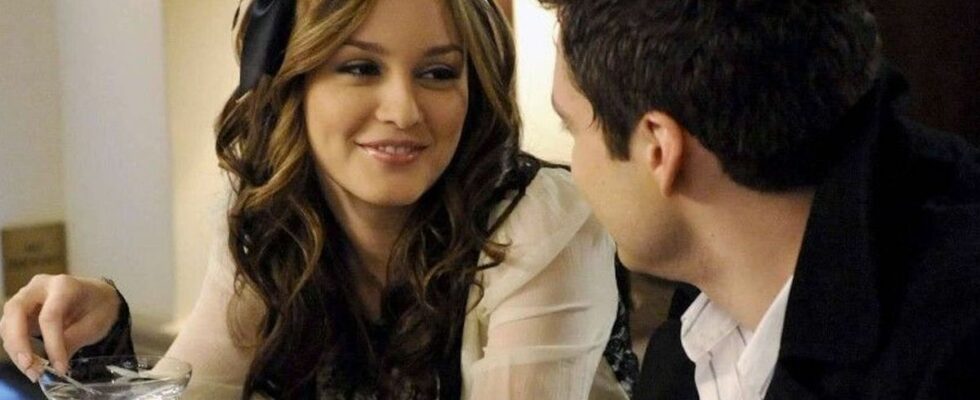Published on
updated on
Reading 3 min.
Whether in series or in films, it is not uncommon to see toxic characters. However, if they consider them as such, the spectators no longer perceive them with as much criticism. This is what a Dutch study demonstrates.
Are teenagers more accepting of toxic behavior? According to a study by Anne Sadza of Radboud University in Nijmegen, the Netherlands, conducted among around fifty adolescents aged 14 to 17 between 2019 and 2020, the latter believe that risky behaviors are not necessarily unrealistic: “While adolescents are generally aware of the constructed nature of media risk behaviors, this does not necessarily mean that they view them as unrealistic. They often recognize the constructed or stereotypical nature of the representations, while viewing them as accurate reflections of reality.“, we can read in the study.
The adolescents surveyed easily recognize risky behaviors in films and series. They identify stereotypes and understand the role of these behaviors in the plot. For example, they know that a character who smokes can be perceived as “cool” or “rebel”. However, this recognition does not always translate into in-depth criticism: “What we found is that these teens generally recognize risky behaviors, and they can also often see the role of those behaviors in the story. For example, they recognize that someone smokes to look tough. The stereotypes are well understood. But that doesn’t mean they think critically about them.” explains researcher Anne Sadza.
More than acceptance, the young spectators seem indifferent, which is no less serious: “While teens demonstrated a capacity for critical thinking about media content, they also suggested that it was not a topic they thought about much..”
Feeling good in your body, feeling good in your head!
Screen education
The study reveals that adolescents’ ability to criticize risky behaviors depends largely on their personal experience. Those who have already been confronted with these behaviors in their environment are more able to analyze them critically. On the other hand, those who do not have this experience often rely on stereotypes and media representations.Adolescents who have no personal experience with drugs, for example, rely on stereotypes to judge the reality of these behaviors. They often see extreme depictions and consider them realistic because they are common in the media.“, the study explains.
The study highlights the importance of talking with teens about the risky behaviors they see on screen. These discussions can help them develop critical thinking skills and better understand the messages conveyed by the media.Our findings indicate that talking to adolescents about media portrayals of risky behaviors can prompt critical reflection on these portrayals. Previous research has suggested that this may serve as a buffer for potential negative effects or even contribute to socially beneficial outcomes. Furthermore, consistent with other qualitative research, we found that critical reflection can be triggered by asking open-ended, non-normative questions. Facilitating focus group discussions among adolescents may therefore be a valuable approach for intervention efforts.“, the study concludes.
Particular attention should be paid to adolescents, whose consumption is more difficult to control than that of younger children.With young children, media use can be regulated, but with adolescents it is more difficult. It is more important that they themselves have the tools to critically and consciously approach the representations in which risky behavior occurs. In our research, they often told us: ‘I never really think about it, but now that we are talking about it…’ By talking to young people about what they see, you trigger a process of critical interpretation. Sometimes parents think that adolescents already know everything about the media, but it is wise to start the conversation“, underlines Anna Sadza in a press release
